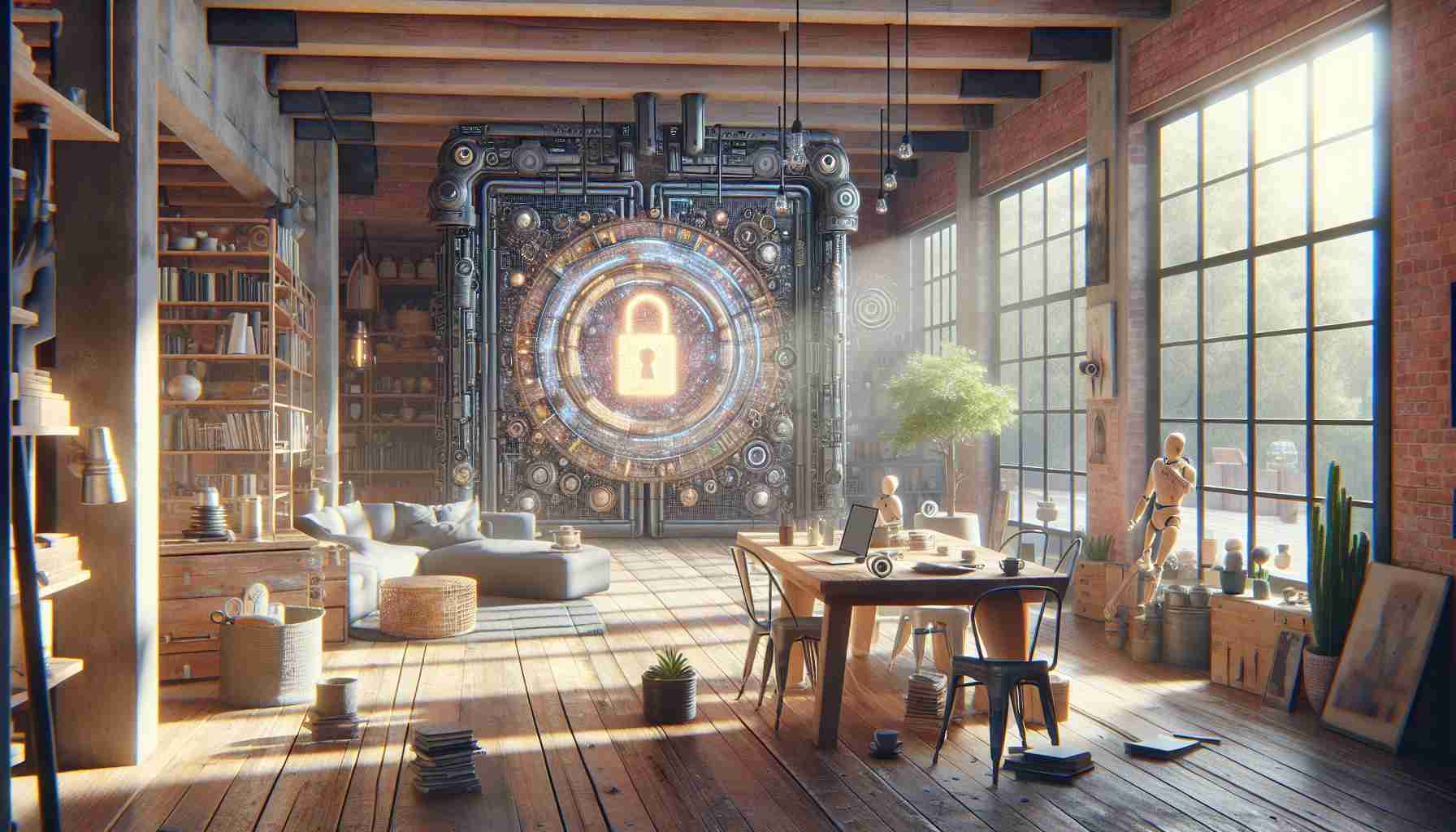**An A.I.-powered revolution is set to redefine the Art Basel Miami Beach fair in 2024.** In collaboration with Microsoft, Art Basel introduces a groundbreaking app designed to transform the visitor experience through enhanced interactivity and personalization.
The app, featuring the **Art Basel Companion** and the **Art Basel Lens**, leverages Microsoft’s sophisticated A.I. computer vision technology, signifying a world-first for the art fair scene. Visitors will now have the ability to scan artworks for immediate insights into the pieces, artists, and galleries displaying them. This feature not only makes exploration seamless but also integrates with social media, allowing for instant sharing of experiences and thoughts.
Unlike previous attempts by startups to revolutionize art fair experiences through tech, the collaboration between Art Basel and Microsoft stands on the shoulders of industry giants. This ambitious digital platform aims to address transparency, interactivity, and accessibility challenges, promising to deliver an all-encompassing solution for fairgoers.
**The app’s launch at Miami Beach’s Nova and Survey sectors will pilot these innovations, focusing on both ultra-contemporary and historic art presentations.** This initiative seeks to streamline art discovery for collectors, paving the way for richer engagement with new and established voices.
CEO Noah Horowitz envisions a more dynamic navigation experience across the fairs for both attendees and galleries. The app is designed to cater to veteran collectors while welcoming newcomers, thereby reaching untapped audiences.
**Personalized itineraries and event synchronization are among the app’s features, promising an effortless integration of the fair’s offerings into personal schedules.** This technological partnership is poised to create unprecedented interactions and insights for art enthusiasts everywhere.
How AI Could Shape the Future of Art and Human Creativity
The convergence of artificial intelligence and the art world is setting the stage for a revolution that extends far beyond enhancing art fairs. As technology continues to evolve, its impact on creativity, human expression, and cultural engagement offers both promise and controversy.
The Power of AI in Art Creation
In today’s rapidly advancing digital age, AI is not limited to just improving accessibility and interactivity at art exhibitions; it’s also becoming a creative force. AI algorithms are now capable of creating original pieces of art, composing music, and even writing literature. These advancements raise the question: Can AI be considered an artist?
On the one hand, AI-generated art challenges traditional notions of authorship and creativity. While human artists infuse their work with personal experiences and emotions, AI relies on data patterns to generate art. This difference ignites debates about the essence of art and whether AI creations should be valued similarly to human-originated works.
Advantages of AI in Art and Technology
1. **Enhanced Accessibility:** AI helps break down barriers for audiences who might find art intimidating or inaccessible. By providing instant insights into artworks, AI can democratize art appreciation, inviting a broader spectrum of society to engage with cultural artifacts.
2. **Preservation and Restoration:** AI technology plays a critical role in the preservation and restoration of historical artworks, analyzing data to predict the degradation of materials and offering solutions for conserving cultural heritage.
3. **New Creative Mediums:** AI gives artists new tools and mediums to explore their creativity, expanding the possibilities of artistic expression and innovation.
Challenges and Controversies
Despite the advantages, AI’s role in art poses several challenges and ethical questions:
– **Authenticity and Ownership:** With AI-generated art, the lines between the creator and the creation can become blurred. Who owns the rights to an artwork created by an AI? Is it the programmer, the purchaser, or the AI itself? These are complex legal and ethical issues that need addressing.
– **Impact on Human Artists:** As AI art becomes more sophisticated, concerns arise about the livelihood of human artists. Will AI diminish the value of human-created artworks, or will it inspire new forms of collaboration and innovation?
– **Cultural Sensitivity:** AI algorithms trained on biased data may inadvertently propagate stereotypes or misunderstand cultural nuances. Ensuring cultural sensitivity in AI models is crucial to prevent misrepresentation.
What Does the Future Hold?
As we move forward, we must consider how AI will shape the cultural landscape. Will human creativity be augmented or overshadowed by machines? The answer likely lies in a balance, where AI serves as a catalyst for human ingenuity rather than its replacement.
For those interested in exploring these questions further, platforms such as Google AI and Microsoft delve into ongoing AI advancements and their implications across diverse fields.
In conclusion, while AI promises to redefine the art world with unprecedented opportunities, it also brings forth challenges that require careful consideration. How we choose to navigate this intersection of technology and creativity will ultimately shape the cultural evolution of humanity.
